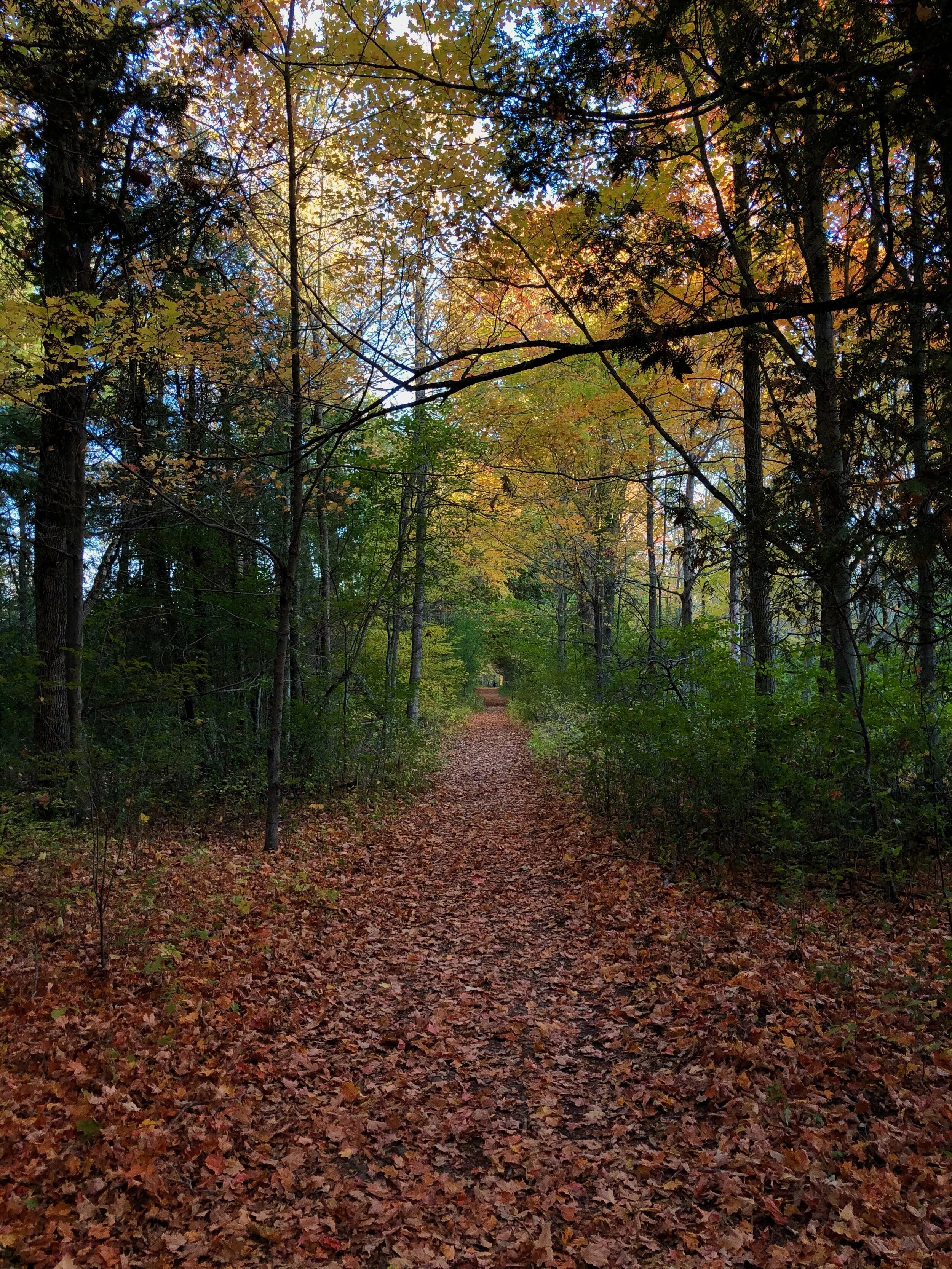S.A.D. with Chronic Disease
How Seasonal Affective Disorder makes it harder to live with a chronic disease.
Shorter daylight hours and colder temperatures only means one thing, winter is coming. At least in that show with dragons and fighting for the throne they have many months to prepare for it, while we only get (at best) a couple months. For some of us you are probably feeling its effects already in October. It’s like looking down a long road knowing what is coming, bringing on a sense of doom before you even get any symptoms. Seasonal Affective Disorder (S.A.D.) is more than just feeling the winter blues.
Now let’s throw in the COVID-19 Pandemic with it’s self-isolation, loneliness and increase in mental health issues. Then on top of that, a health condition that has been plaguing you for years. That is a lot to handle.
Or maybe you JUST got diagnosed with a life changing and life long condition, having to adjust to your new diagnosis and going into the winter season. That is tough.
Having a chronic disease puts you at greater risk for depression. In the general population 1 in 5 adults in Canada experience a mental illness while those of us 40 years of age and older, 1 in 2 are likely to have experienced or still experiencing a mental illness (1). Then if we consider the population living with a chronic illness or is given a new diagnosis, these percentages sore. With major depressive disorder and suicidal tendencies being at the far end of the worst case scenario picture, we are seeing that presence in over 40% of those diagnosed with Parkinson’s or Cancer (2). And those with lifelong autoimmune conditions like SLE, we see about the same likelihood but with moderate depression and anxiety (3).
Living in 2020
So now let’s have those numbers in mind and bring about our current pandemic situation and the upcoming winter months. Increased feeling of loneliness and isolation. Less social interactions. Gyms and classes closed. Community events nonexistent. Those factors don’t make it easier for people living with a chronic condition or illness. For a lot of us there is extra work to be had to keep us from going into a slump. And that makes it hard for someone who is already unmotivated due to a mental illness or has already saturated their daily energy expenditure living with a chronic disease. Conditions like Lupus or Fibromyalgia make it hard enough already to get out of bed and do basic chores, S.A.D. just makes that all so much worse.
This work can be made more manageable with a healthcare practitioner that knows your whole health history, from nutrition to exercise to how you manage time around work and family. Not only to prevent S.A.D. but also to manage your chronic disease which in turn is a way to reduce the effects of seasonal affective disorder.
There are going to be a lot of people going through the same struggles this winter season as you are and it is possible to make the best out of the situation. Taking care of your mind and body is important. That long road you are looking down can have a side trail to better health.
And it doesn’t need to be trekked alone.
References:
(1) Smetanin et al. The life and economic impact of major mental illnesses in Canada: 2011;2011-2041. Prepared for the Mental Health Commission of Canada. Toronto: RiskAnalytica. https://www.mentalhealthcommission.ca/sites/default/files/MHCC_Report_Base_Case_FINAL_ENG_0_0.pdf
(2) Marsh L. Depression and Parkinson's disease: current knowledge. Curr Neurol Neurosci Rep. 2013;13(12):409. doi:10.1007/s11910-013-0409-5
(3) Zhang L, Fu T, Yin R, Zhang Q, Shen B. Prevalence of depression and anxiety in systemic lupus erythematosus: a systematic review and meta-analysis. BMC Psychiatry. 2017;17(1):70. Published 2017 Feb 14. doi:10.1186/s12888-017-1234-1

